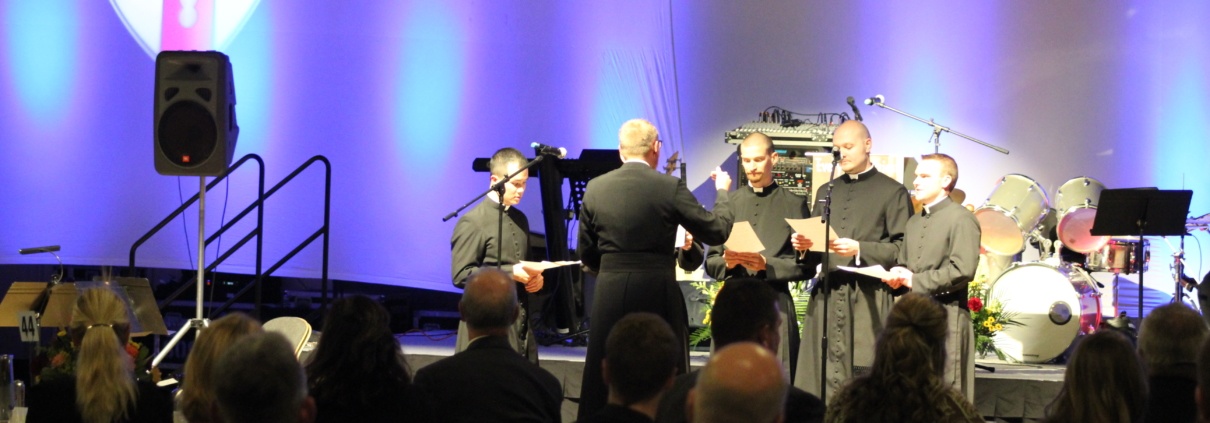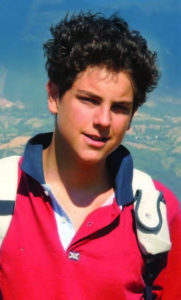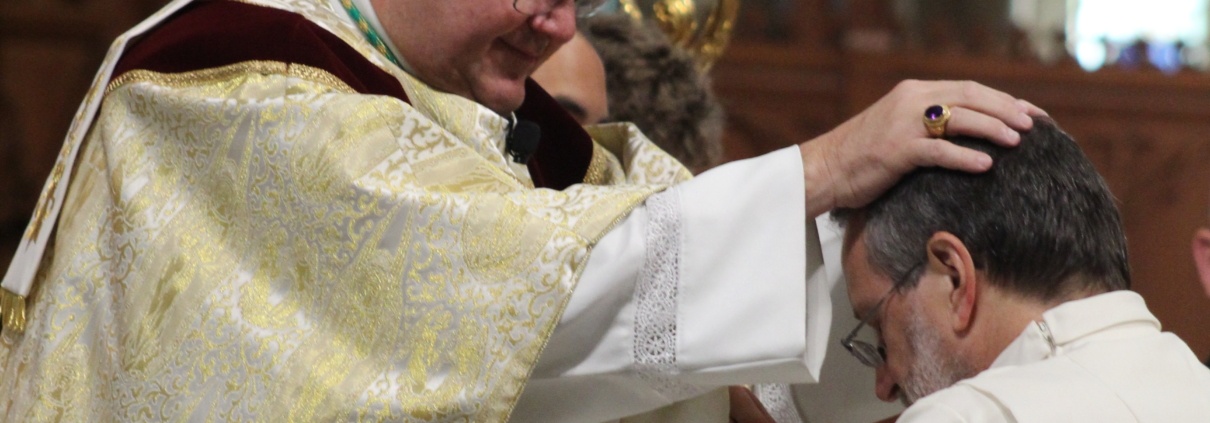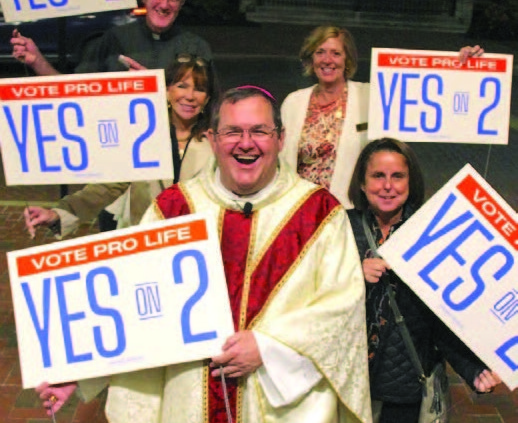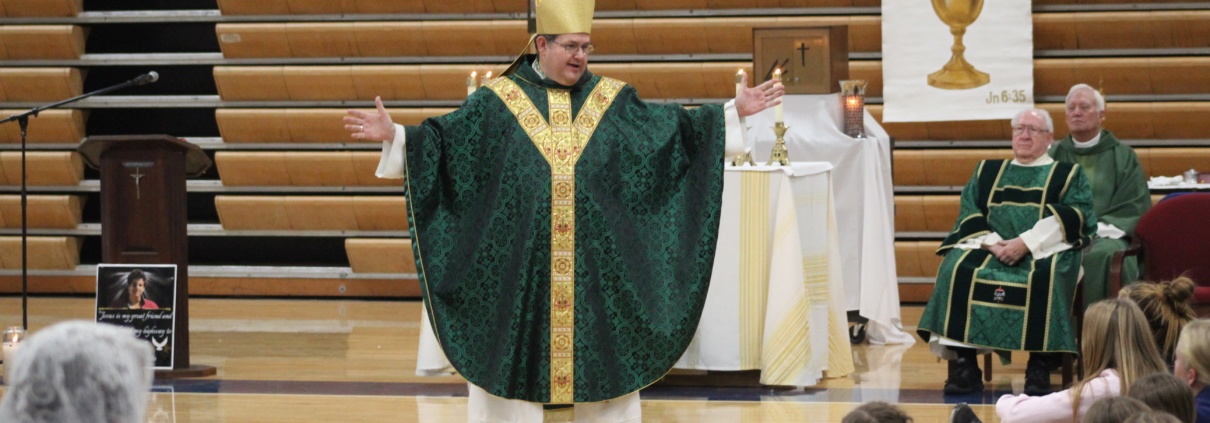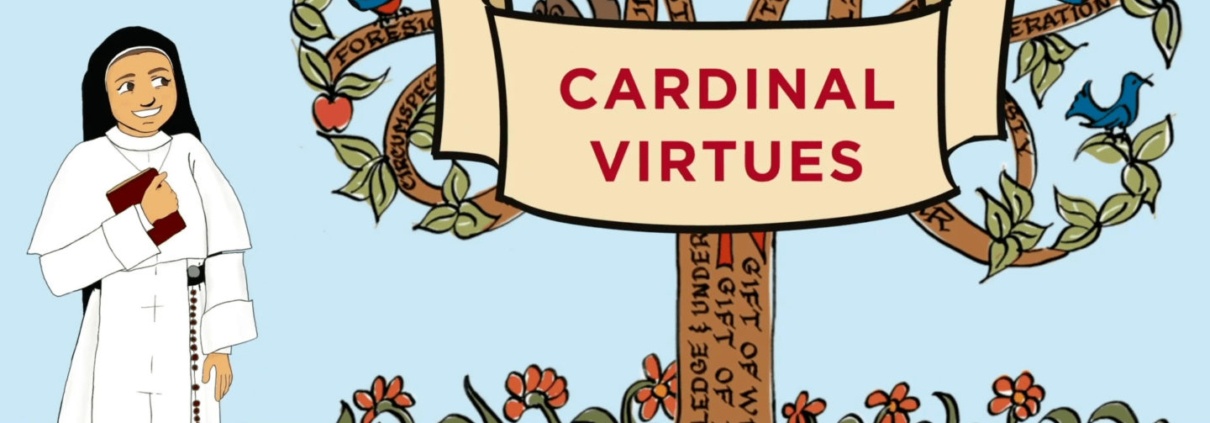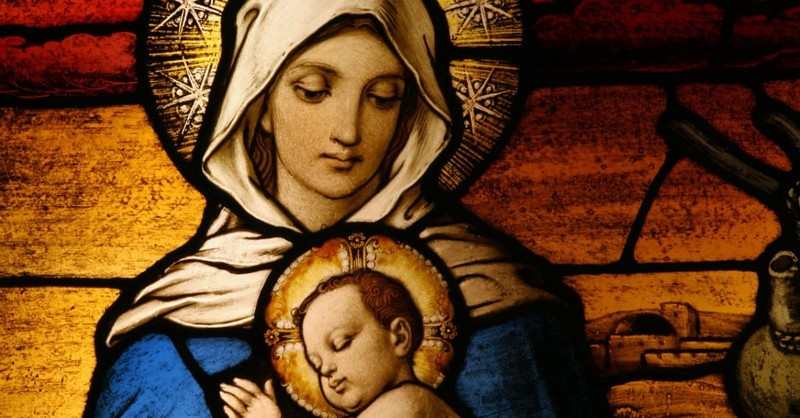People of the Diocese of Covington help seminarians to ‘persevere,’ says Deacon Michael Elmlinger at the 2022 Seminary Ball
Maura Baker, Staff Writer
Supporters of seminarian education gathered the evening of Oct. 21 for the 2022 Seminary Ball. Since its resurgence 13 years ago by Bishop Emeritus Roger Foys, the Seminary Ball has become the Diocese of Covington’s biggest fundraising event for seminarian education. The ball is hosted by the diocesan Office for Stewardship and Mission in conjunction with the Seminary Ball Committee.
A record crowd of over 630 attended the ball, which included a reception and drinks, dinner and dancing, with speeches from Bishop John Iffert of the Diocese of Covington, and seminarian Deacon Michael Elmlinger. Father Gregory Bach, assistant director of seminarians, was the master of ceremonies.
“Throughout seminary there’s a lot of peaks, a lot of doubts,” said Deacon Elmlinger. “First you have the peaks. Those are the greatest moments, the moments when you say I absolutely love everything I’m doing. You’re growing in your love of God, you grow in your love of the people of God, we just always grow in that love of the ministry that we’re training to undertake,” he said.
“Those are the peaks but with every peak there is a valley, and those valleys can be very low,” Deacon Elmlinger continued. “In those valleys, there were three things that helped all of us to persevere, that helped all of the seminarians get through. First, ultimately and supremely is God. He constantly calls us to grow in that love of him and to go deeper into our relationship with him, and he gives us the grace to persevere,” he said, citing his family and all the people of the Diocese of Covington as the other two inspirations for perseverance. “It’s you who helps us to persevere,” he said, “whether it’s your prayers, whether it’s the ways that you support us, whether it’s just sending a card or just taking a few minutes a day just thinking about us.”
In his address, Bishop Iffert reflected on his time as a seminarian. “I came home and let them (his parents) know that I was going to be leaving my job and that I was going to be going away to seminary. I was very nervous about telling my parents this because when I decided that I would go to seminary, I hadn’t yet decided that I was going to be a priest. I thought God might be calling me to be a priest. I had a sense that this was something I might have gifts to be able to do, and I was willing to spend some time thinking and praying,” he said.
“My parents were amazing,” said Bishop Iffert. “My dad said, John, we’re proud of you and your grandparents would be proud of you. I’m just proud that I have a son who is willing to think about this, who’s willing to consider whether God might be calling them to do something like this. I want every seminarian to have that kind of support.”
Bishop Iffert, whose mother had passed away days before the ball, finished his speech thanking the people of the Diocese and those attending the ball, saying, “Thank you for your support tonight … this week I buried my mother and I was surrounded by four brother bishops and about 30-35 priests who came together to help me and my family through that time, along with many other folks from the diocese who actually surprised me and made that trip,” he said.
“It was a great gift to me. And, what we’re doing here tonight is to try to do everything we can to continue to provide the Church with these priestly leaders who will be there for you when you need them. Thank you again. God bless you for your generosity.”
Image: The diocese’s seminarians sang for attendees of the 2022 Seminary Ball.

